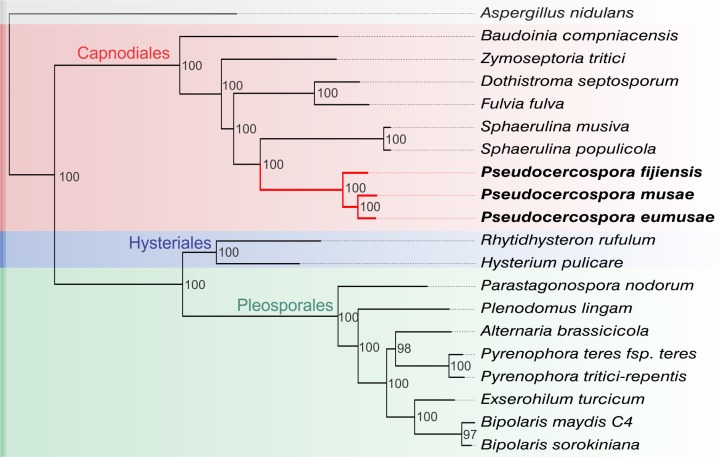Fig 3. Molecular phylogeny of the three species that constitute the Sigatoka disease complex and 16 other representative Dothideomycetous fungi.
The maximum likelihood (ML) tree was constructed based on a concatenated sequence alignment of 46 orthologous single-copy genes. Bootstrap values (%) are indicated next to corresponding branching nodes. Aspergillus nidulans (class of Eurotiomycetes) was used as an outgroup species for rooting the tree. The selected 16 representative Dothideomycete species that are included in the phylogeny fall into three major orders, i.e. Capnodiales (red), Hysteriales (blue), and Pleosporales (green). In the inferred topology P. musae, P. eumusae, and P. fijiensis are strongly clustered (bootstrap value of 100%) as a monophyletic clade within the Capnodiales, whereas P. eumusae is sister to P. musae (bootstrap value of 100%), suggesting an earlier split of P. fijiensis from the common ancestor of these two species.

